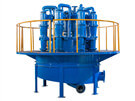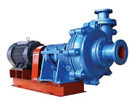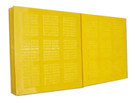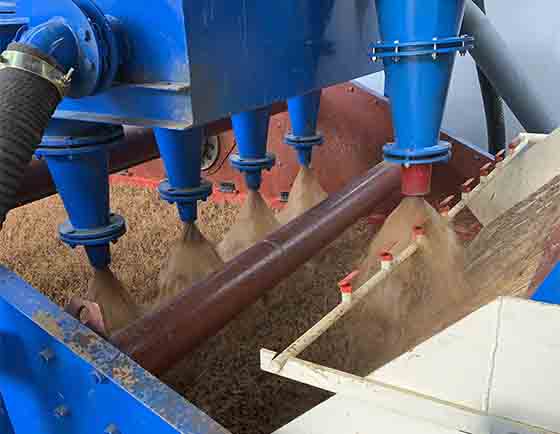Hot Product

- Hydrocyclone Group
Hydrocyclone group is widely used in coal preparation plant...

- Slurry Pump
Slurry pump is mainly used in mining, power plant, dredging, metallurgy...

- Polyurethane Dewatering Screen Panel
In addition to the performance of...
What Is The Impact Of Feed Pressure On Cyclone Separation Effect?
Date: 2025-10-07 From: Longding Author: admin
As an efficient separation equipment, the sand cyclone is widely used in sandstone treatment, mining processing, and wastewater treatment industries. The core principle of the cyclone is to use fluid dynamics to separate particles of different densities or particle sizes through the centrifugal force generated by rotation. In this process, feed pressure, as the primary operational parameter, has a significant impact on the separation effect.

The feed pressure of a cyclone directly affects the intensity of rotation within the flow field and the centrifugal force exerted on the particles. Increasing the feed pressure accelerates the rotation speed within the flow field and increases the centrifugal force exerted on the particles, which facilitates faster separation of particles by density or size. Conversely, decreasing the feed pressure weakens the rotation intensity, potentially resulting in reduced separation efficiency.
Influence of feed pressure on separation effect
1. Separation efficiency
Appropriate feed pressure can significantly improve the cyclone’s separation efficiency. Excessively high pressure can disrupt the flow field, making stable particle separation difficult. Excessively low pressure, on the other hand, slows the separation process and reduces throughput.
2. Separation accuracy
Feed pressure also significantly impacts the cyclone’s separation accuracy. Increasing pressure within a certain range improves the ability to distinguish particles of varying densities or sizes, thereby increasing separation accuracy. However, exceeding this range can lead to particle breakage or remixing, reducing separation accuracy.
To achieve optimal separation results, the cyclone feed pressure must be adjusted appropriately based on actual process conditions and material characteristics. Determining the optimal pressure range through experimentation or simulation, and maintaining stable control during operation, is key to achieving efficient separation.
In summary, cyclone feed pressure is a crucial factor influencing separation performance. By gaining a deeper understanding of its mechanism and specific impact, and optimizing pressure settings, we can effectively improve cyclone separation efficiency and precision, providing strong support for production practices in related industries.
Previous:The Impact of Screen Surface Size on Vibrating Screen Capacity
Next:Does Slurry Viscosity Affect The Classification Effect Of Hydrocyclone?
Leave a Message
Here you can submit any questions and we will get back to you as soon as possible. We will not disclose the information you submit to anyone, please rest assured.


Inquiry